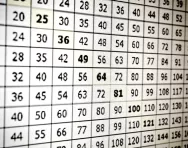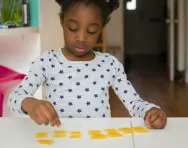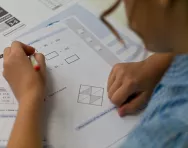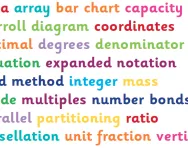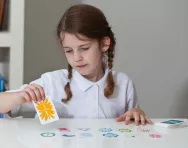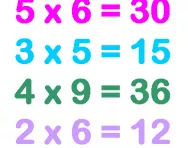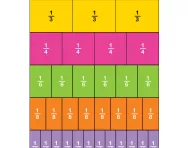Important update from TheSchoolRun
For the past 13 years, TheSchoolRun has been run by a small team of mums working from home, dedicated to providing quality educational resources to primary school parents. Unfortunately, rising supplier costs and falling revenue have made it impossible for us to continue operating, and we’ve had to make the difficult decision to close. The good news: We’ve arranged for another educational provider to take over many of our resources. These will be hosted on a new portal, where the content will be updated and expanded to support your child’s learning.
What this means for subscribers:
- Your subscription is still active, and for now, you can keep using the website as normal — just log in with your usual details to access all our articles and resources*.
- In a few months, all resources will move to the new portal. You’ll continue to have access there until your subscription ends. We’ll send you full details nearer the time.
- As a thank you for your support, we’ll also be sending you 16 primary school eBooks (worth £108.84) to download and keep.
A few changes to be aware of:
- The Learning Journey weekly email has ended, but your child’s plan will still be updated on your dashboard each Monday. Just log in to see the recommended worksheets.
- The 11+ weekly emails have now ended. We sent you all the remaining emails in the series at the end of March — please check your inbox (and spam folder) if you haven’t seen them. You can also follow the full programme here: 11+ Learning Journey.
If you have any questions, please contact us at [email protected]. Thank you for being part of our journey it’s been a privilege to support your family’s learning.
*If you need to reset your password, it will still work as usual. Please check your spam folder if the reset email doesn’t appear in your inbox.
Teachers' tricks for KS2 maths
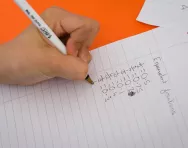
Times tables tricks
Times tables are just so tricky (not to mention tedious) to learn, but they really are essential building blocks for much of later maths. Thankfully, some of the tables lend well to some useful tricks that, once learned, making knowing them easy peasy.
4 times table trick
Double the number, double again – voila!
5 times table trick
Multiply the number by 10 instead of 5, then halve your answer.
9 times table trick
Hold both hands up in front of you. Whatever you’re multiplying by (for example 9), hold down that finger (starting from your left hand, so finger 9 is your right ring finger). The fingers to the left of the bent finger are the tens (in this case 80), and the fingers to the right the units (in this case 1; 9 x 9 = 81).
12 times table trick
The answer is 10x plus 2x.
All times tables
Make up rhymes and mnemonics, for example: Eight times eight fell on the floor, picked it up it's sixty four.
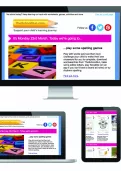
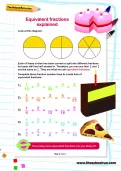
Start a unqiue learning programme!
- Weekly programme for each school year
- Worksheets sent direct to your inbox
- Keeps your child's learning on track
Use what you know to help with what you don’t:
Teachers tell children this from Year 1 onwards, but it’s really important to remember it, even when doing maths at secondary school (and beyond). When working with numbers there are often patterns to be found which can really help you to work out calculations.
For example: 2.30 + 5.70
- Note the number bond to 10 in the decimals, so that makes 1
- Add 1 to the two whole numbers: 2 + 5 +1 = 8
Checking answers – does that look right?
When you’ve completed a calculation, take a moment to look at it and the answer. Ask, does that look right?
For example, if you were multiplying a whole number by 6300, the number is going to be large and, as long as the whole number is not 1, bigger than 6300. You can also help to check answers by getting into the habit of doing rough calculations prior to completing the answer and seeing if they are approximately right or by using the inverse operation (so addition to check subtraction and vice versa and multiplication to check division).
Mental maths stress-busters
This area od maths can prove extremely stressful, as it’s often done timed. Remember:
- Focus on the numbers.
- Listen to which calculation is required.
- You can usually ignore the rest!
Teachers’ maths test tips
- Don’t get stressed about tests – the stress will stop your brain from working! This is your opportunity to show off and a chance for your teachers to understand what you need to learn more about.
- Take your time, never rush – if you have some spare time at the end, go back, attempt any questions you’ve missed and check all your answers.
- If you’re stuck on a question, move on and come back to it if you have time at the end.
- Be aware of the time, and if needed ask how much longer you have left. This will help you make sure you don’t run out of time when you still have lots of questions to complete.
- If you don’t understand, ask – in some tests your teacher might be able to help to read a question or to understand it, in others they won't be able to. Ask if you need help and see what they can support you with.

